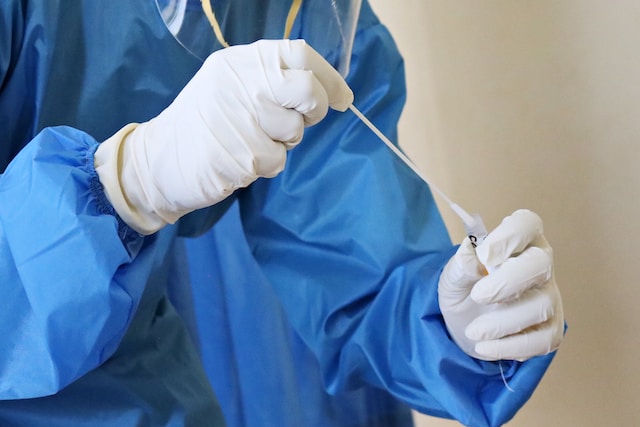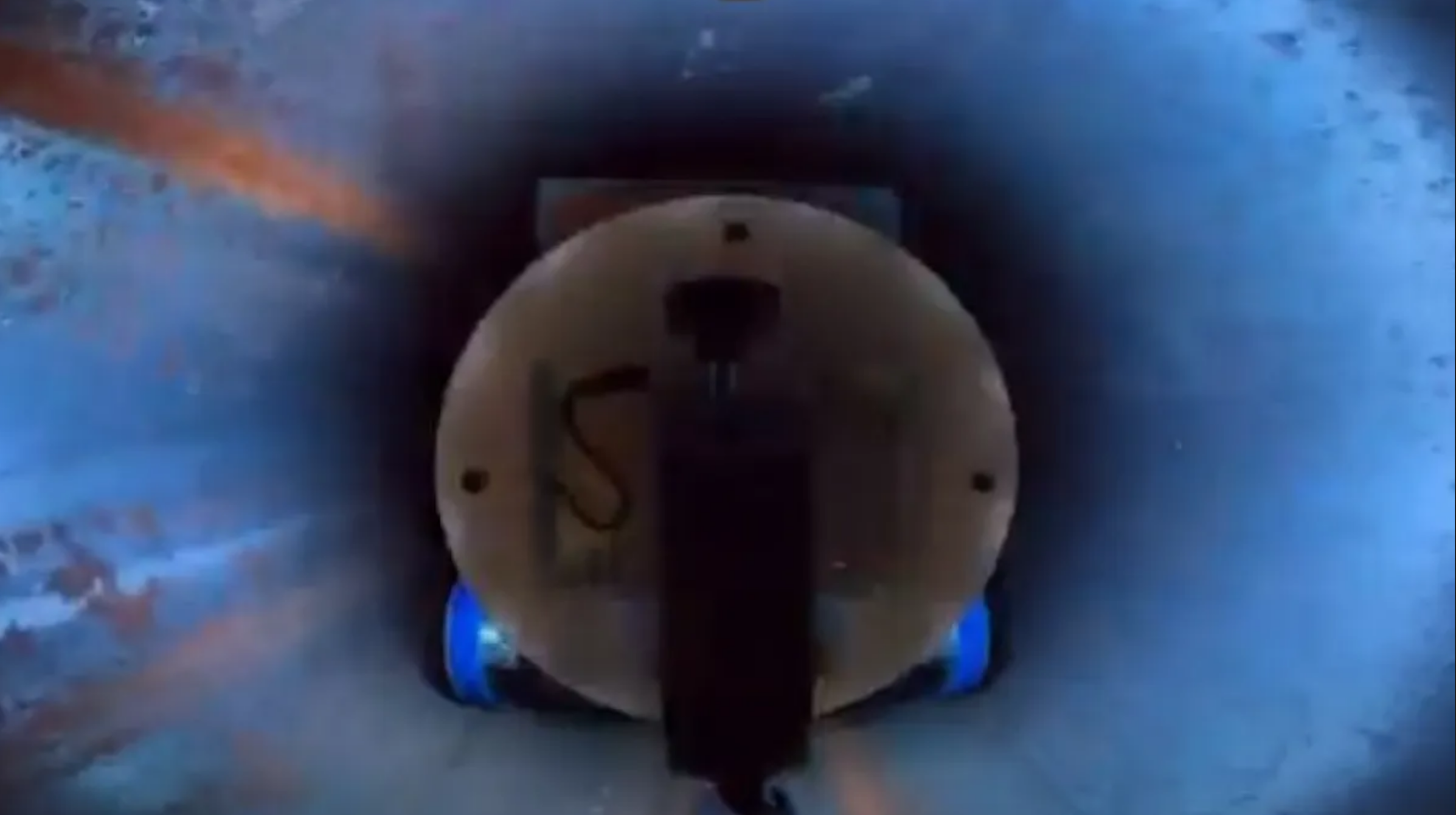The burden of testing people for COVID-19 is a real problem for China, which continues to pursue a Zero-Covid policy. Healthcare workers are needed for every test, draining the medical system of labor. Shanghai University has a solution: use robots to do COVID-19 swab tests.
A team at Shanghai University created a robot that can administer a nucleic acid test swab in just 22 seconds, and doesn’t need to be overseen by a human on a one-to-one basis. The robot is able to help relieve stress on the healthcare system by making more human labor available for other jobs.
The Shanghai University testing robot is a robotic arm that uses automated processing to do its job. It can collect swabs, then scan test tube codes, while it self-disinfects and facilitates the testing process.
Humans can interact with the robot testing station, and gain access to a test that will be processed by a lab. So far, the robot only does the swab, not the entire testing procedure. Cities in China have been crippled by COVID lockdowns, as China pursues a Zero-Covid policy.
Instead of looking at COVID-19 as endemic, the Chinese government uses policies that seek to eradicate COVID-19, which has led to widespread economic suffering as the economy grinds to a halt.
Miao Zhonghua, who is deputy director of Shanghai University’s school of mechatronics engineering and automation, was the leader of the robot project.
Miao commented,
“Clinicians performed the throat swabbing and sampling services on campus, but during the toughest time around April, when the demand for the service surged across the city, the team recognized the medics’ heavy workload…It motivated our team to explore using automated collecting methods on campus to ease the clinicians’ burden.”
While the frequency of COVID-19 testing has fallen outside of China, the technology created by the team at Shanghai University has widespread appeal for routine hospital tasks across the world. COVID-19 demonstrated how vulnerable the global healthcare system is to public health emergencies.
With more automation in the medical industry, human workers can be used to their fullest potential, and robots can grow into roles where automation can easily be deployed.







